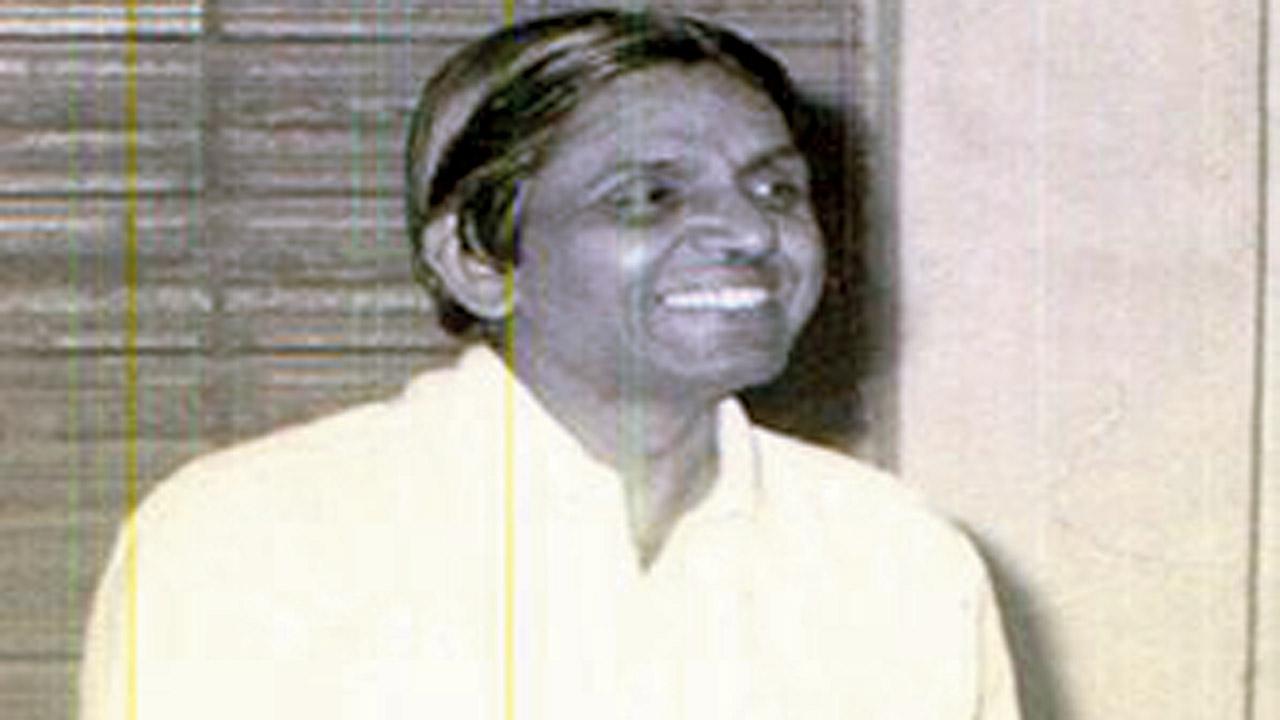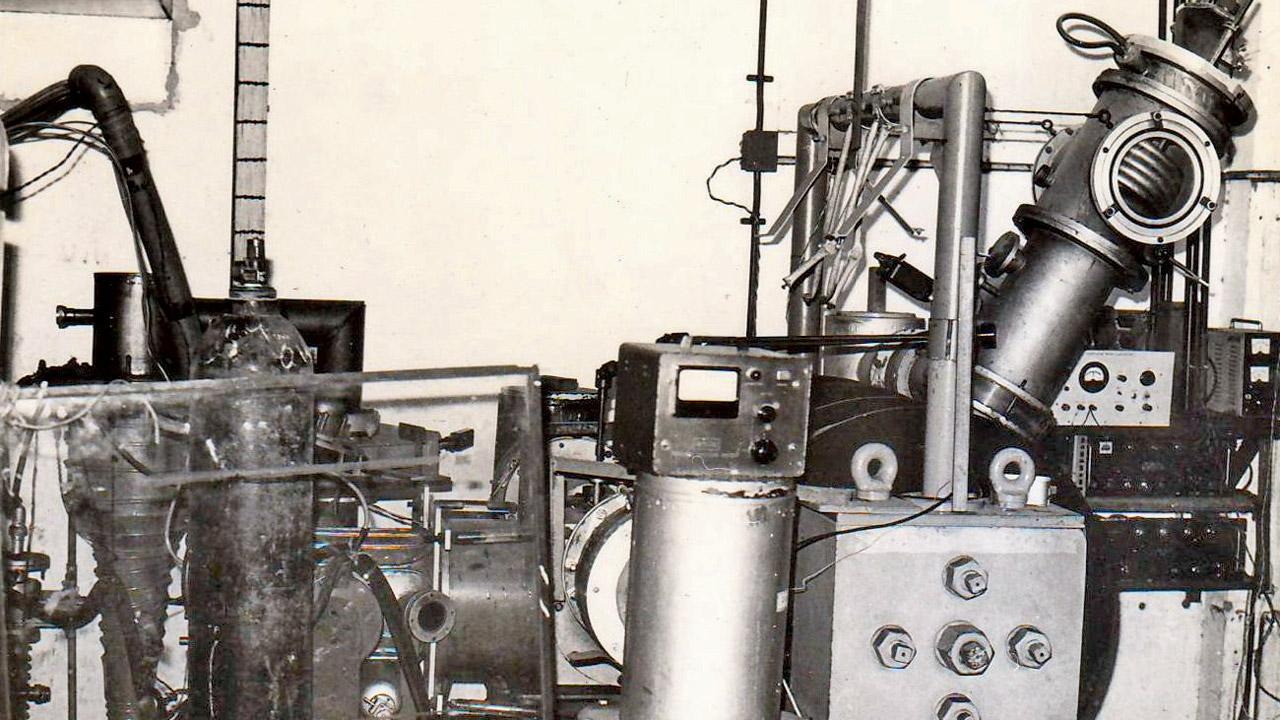Fifty-year-long effort to make MU a hub for advanced research in the field of accelerator physics culminated with launch of the Accelerator Mass Spectrometer facility for carbon dating

The AMS facility at the MU campus. The total cost of the machine was in the range Rs 10-12 crore. MU had to invest an equal amount to create the infrastructure to ensure the set-up had a 24 hour-dry, dust-free environment
Last week, the seeds of Mumbai University Accelerator Centre (MUAC) that were sown in the 1970s by some of the city’s brightest, and their visionary professor, came to fruit in an important development in carbon dating at the university’s Vidyanagari (Kalina) Campus. During that session, the Accelerator Mass Spectrometer (AMS) facility with special emphasis on carbon dating was formally revealed to the research and user community. This groundbreaking equipment ensures intensive, accurate research ranging from archaeology to medicine. Its uses, specifications and capabilities, and the problems it can solve, were shared at the one-day online workshop that was attended by nearly 300 participants from across India.
ADVERTISEMENT
Why AMS facility matters
Carbon dating is a well-established technique that tests any sample for research; it helps find out the ratio of carbon isotopes and reveals the sample’s age. These instruments are extremely expensive, running into over Rs 10 crore. In India, there is one such instrument in Delhi and another in Ahmedabad, compared to China that has six, seven or possibly, 10 and USA that has many more because it is an important tool in research. A few years ago, the University of Mumbai (MU) wrote to the Department of Atomic Energy (DAE) expressing their intent to have one such machine. MU would pilot the proposal and host it. After some negotiations, funds were raised from the DAE to set it up.

In the 1970s, Professor MC Joshi, a nuclear spectroscopist, had brought an isotope separator for ion implantation studies to the newly created Department of Physics at MU. Pics Courtesy/Prof Dr Dushyant Kothari
Professor Dr Dushyant Kothari, emeritus, MU was the Principal Investigator of this mammoth mission. As a student in the 1970s, he fondly remembers accompanying Professor MC Joshi to Chor Bazaar to source old vacuum tube valves or used transformers to build high-voltage circuits for the prized isotope separator before he bought any component. The nuclear spectroscopist had brought an isotope separator to the newly created Department of Physics at MU from Tata Institute of Fundamental Research (TIFR). In the 1960s, research in Nuclear Spectroscopy had become saturated, so many nuclear physicists shifted elsewhere; they used nuclear techniques in other fields. “However, Professor Joshi decided to use the isotope separator for ion implantation,” recalls Kothari.
In the 1970s, the professor’s students, including Kothari, conducted countless experiments thanks to this masterstroke, “Our minds were always ticking; we created many developments, modifications, and innovations; I call it ‘jugaad’. In a few years, we became India’s pioneers for using low-energy ion accelerators for ion implantation studies that cover various fields from solid-state physics to materials science and device physics. Ours is the story of internationally competitive research with meagre funds.”

“Professor Joshi dreamt of bringing an accelerator for nuclear physics research on campus. In 1982, he approached various funding agencies to establish a Pelletron Accelerator for research, and successfully secured funding from four agencies. Unfortunately, he passed away, and that project never came to MU,” reminisces Kothari. The young band continued working on ion beam modifications of materials and produced good-quality work from the ion implanter.
Fast forward to 2012. Two of Joshi’s students—Kothari and Professor Mayank Vahia, (retired) Department of Astronomy and Astrophysics, TIFR, Mumbai who was working in astro-archaeology, took forward this unrealised dream, to establish a centre for accelerator-based research at MU. “We proposed to the DAE’s Energy Board of Research in Nuclear Science (BRNS) to set up the AMS facility with special emphasis on carbon dating.
The big picture
Co-principal investigator, Professor Vahia, is excited about this facility. “There are enormous problems in physics, chemistry, biology, physics, geology, archaeology and other sciences. India’s historic and prehistoric sites don’t have accurate dates. It’s expensive to send samples overseas for testing. So this instrument will be a game-changer.” Professor Kurush Dalal, director, INSTUCEN School of Archaeology, early and late medieval archaeology, Archaeology, MU, was present at last week’s workshop, and believes it will also be critical to track fraud in museums and art galleries, apart from its impact across archaeological sites throughout south and western India, up to Rajasthan. “Only a 1 mg sample will be needed to study its accuracy and origins, which makes it least intrusive or disruptive, especially with sensitive data,” he elaborates.
Professor Kothari adds that the facility will be able to measure the age of any archaeology artefact that is as old as 50,000 years. “It also has its use in paleo-botany, and helps determine the climate of that period.” Study of astronomy objects, earth sciences, global carbon cycles, apart from food adulteration and drug development, where it makes it possible to study the effect of medicines on human organs, will get a boost. “International pharmaceutical companies are already using this in their labs,” he reveals.
“The machine’s total operative cost was in the range Rs 10-12 crore. MU had to invest an equal amount to create the necessary infrastructure to ensure the set-up had a 24 hour-dry, dust-free environment,” shares Professor Vahia.
MU Vice Chancellor Dr Suhas Pednekar has been proactive in making MUAC as the international hub of multidisciplinary research. At the workshop inauguration, he stated, “We want to make the University of Mumbai research-intensive, and ensure it competes globally with the world’s elite universities.”
For Kothari and Vahia, it’s been a Herculean, five-decade-long journey to realise their professor’s dream. “This Accelerator Mass Spectrometer can have a life of 50 years if maintained well. I’m confident the coming generations will write a much brighter story of the next 50 years using the AMS,” signs off Professor Kothari.
 Subscribe today by clicking the link and stay updated with the latest news!" Click here!
Subscribe today by clicking the link and stay updated with the latest news!" Click here!







